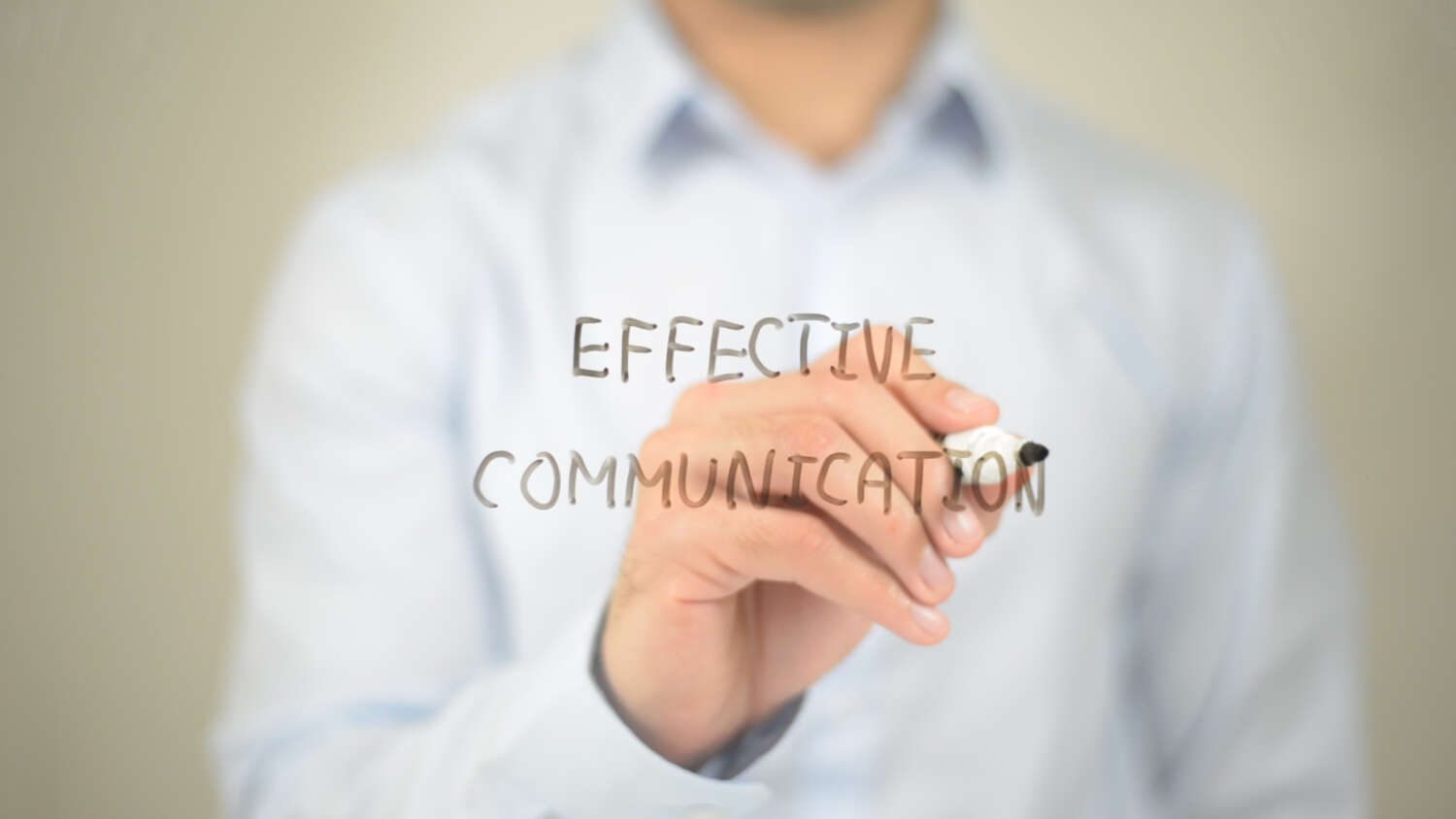Overview
Effective communication affords deaf people the ability to share and/or receive information in a manner that is successful for them. Effective communication increases the opportunity for full and equal participation in any given situation. Effective communication includes fluid interactions in which all parties are able to receive and respond to information equally.
What is effective communication?
The U.S. Department of Justice defines effective communication as communication with people who are deaf or hard of hearing that is equitable to communication with persons without hearing loss.This communication could include using a sign language interpreter, speech-to-text services, captioned media, an assistive listening device, or other accommodation requested by the individual.
Do I need to provide the specific service requested?
Title II organizations, such as state and local governments, are required under the Americans with Disabilities Act (ADA) to give primary consideration to the service or device requested by the deaf individual, unless it can be demonstrated that another equally effective means of communication is available. Title III organizations, such as private universities and commercial businesses, are encouraged to consider the specific service or device requested by the individual. It is important to remember that even when federal law does not mandate honoring a person’s specific accommodation request, an entity is still required to ensure that communication is effective between all parties.
Not all accommodations are equally effective for all deaf people. For someone who does not know sign language, for example, a sign language interpreter would not be an effective means of communication access. In these instances, honoring a specific request for speech-to-text services, such as CART, C-Print, or TypeWell, would be appropriate. In other situations, a deaf individual may have additional hidden disabilities that make reading the captions generated by speech-to-text providers difficult. For these people, the presence of a sign language interpreter would create an environment that allows effective communication to take place.
What is a qualified provider?
In essence, under the ADA, a qualified provider is defined as someone who effectively, accurately, and impartially conveys real-time communication access, either on-site or remotely. Qualified providers have a high level of professionalism and ethics. Interpreters should have the necessary skills to convey information both expressively and receptively, including knowledge of any vocabulary specific to the setting. A speech-to-text provider should possess a high level of content comprehension and real-time accuracy.
Do I need to honor a request for a specific provider?
The ADA does not mandate honoring a request for a specific service provider; however, in some situations, the specific provider is the most qualified service provider. For example, suppose a deaf
student requests Ms. Smith to interpret her Calculus II course. While discussing the reasons for the specific request with the student, you learn that Ms. Smith interpreted the student’s Calculus I course and has an extensive background interpreting high-level math courses.
Another interpreter may not have these qualifications. In this case, an argument can be made that Ms. Smith is most qualified to provide effective communication access.
For speech-to-text services, CART provides a word-for-word transcription, and C-Print and TypeWell generate a meaning-for-meaning transcription. In classes where knowing the exact wording is critical, a meaning-for-meaning system might not be best. And with a student who had slower reading skills, a verbatim system might not be best. By discussing the reason for the specific request, both parties can reach a mutual understanding that leads to a successful outcome.
Should I consider subjective experience?
For users of sign language, it is important to consider the subjective experience when addressing specific requests or grievances. There are several variations of sign language, including American Sign Language, Pidgin Signed English, and Signed Exact English. Thus, pairing a deaf person who is a strong user of American Sign Language with an interpreter who uses Signed Exact English can cause receptive and expressive misunderstandings, leading to ineffective communication.
Case Law
Two Office for Civil Rights cases shed light on the topic of effective communication:
- Argenyi vs. Creighton:
OCRargenyi - Letter to Santa Ana College:
SantaAnaLetter
Related Resources
- Equitable Access Guide: Understanding Legal Responsibilities for Institutions (Second Edition)
- Hiring Qualified Sign Language Interpreters
- Hiring Qualified Speech-to-Text Providers
- Additional resources on this subject may be available here
Reference:
U.S. Department of Justice. (2014). Effective communication. Retrieved from here






